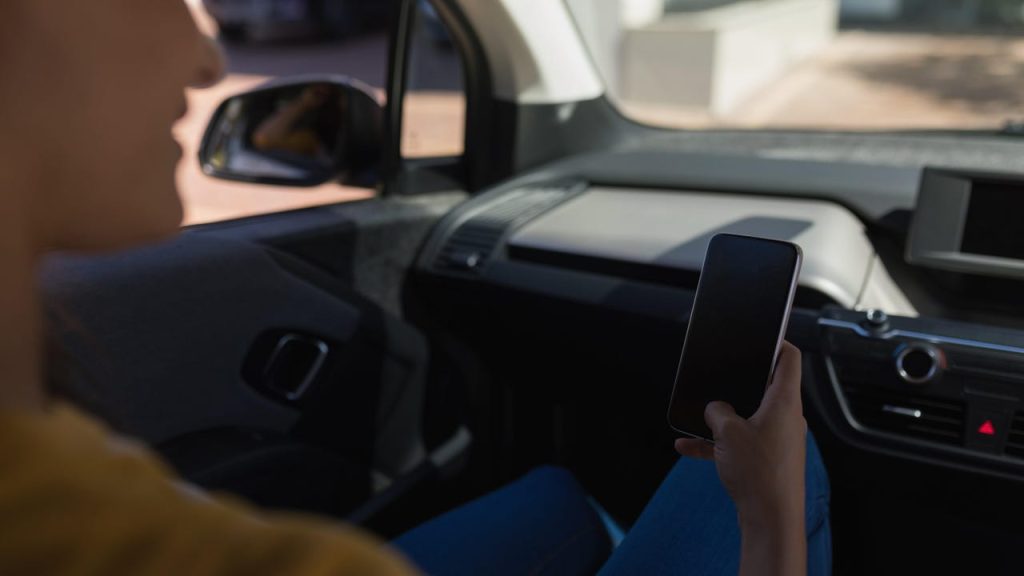Is Your Car a BYOD Risk? Researchers Demonstrate How
Summary
Researchers from Threatlight demonstrated a proof-of-concept attack — dubbed a BYOC (bring-your-own-car) chain — that pivots from a parked company car to an employee’s phone and then into corporate Linux servers and ESXi hypervisors. Using inexpensive hardware (card-sized microcontrollers, NRF24 modules and a FlipperZero), the attacker jams a vehicle’s Bluetooth, spoofs the car’s pairing signal to the phone, delivers a malicious APK via a BadUSB-style interaction and quickly escalates to an Android shell. Once the compromised phone joins the corporate network, the attacker can perform lateral movement into critical infrastructure.
Key Points
- The attack chain starts in the parking lot: attackers jam the car’s Bluetooth, spoof the vehicle and trick the employee’s phone into connecting to a malicious device.
- Cheap, readily available tools (cardputers, NRF24 modules, FlipperZero) are sufficient to execute the PoC.
- A malicious APK delivered via the spoofed connection can open an unstable shell, enable ADB over the air and install persistence quickly enough to bypass Android foreground service timeouts.
- Once the phone is compromised, it can be used to exfiltrate data, send malicious messages or act as a stepping stone for lateral movement into domain controllers and ESXi hypervisors.
- Defences that would mitigate the chain include robust mobile EDR, company-wide MDM, strict network segmentation and holistic security that addresses gaps between systems rather than isolated point solutions.
Context and Relevance
This demonstration highlights an expanding BYOD risk surface: vehicles that pair with employee phones. As organisations rely on personal devices and connected cars increase in prevalence, the attack surface grows in ways many security programmes have not fully considered. The PoC shows adversaries favour low-cost, low-complexity routes that exploit behaviour and integration gaps rather than exotic zero-days.
For security teams and CISOs this matters because it underlines the need to include mobile devices and peripheral ecosystems (including in-vehicle systems) in risk assessments, to enforce MDM/EDR policies, and to ensure network segmentation prevents single-device compromises from becoming domain-wide breaches.
Author style
Punchy — the write-up is direct and urgent: missing “glue” between systems is the main problem, and this example shows how quickly small oversights cascade into high-impact breaches. If you’re responsible for security, the article is framed to make you act.
Why should I read this?
Short and blunt — this isn’t sci-fi. Cheap kit and a momentary trick at a car door can let someone nudge their way into your corporate estate. Read it if you want a concrete example of how BYOD blind spots become corporate breaches and what simple controls (MDM, EDR, segmentation, user training) actually stop it.
Source
Source: https://www.darkreading.com/vulnerabilities-threats/car-byod-risk

